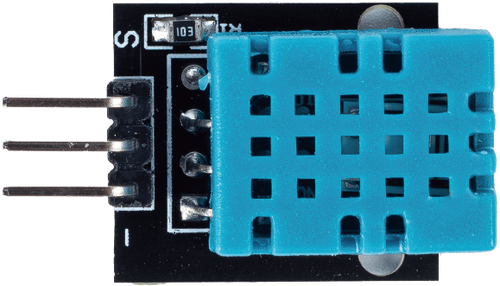Beginner Friendly
LCD Displays Explained:
Bringing Data to Life — Quick Guide
What an LCD is, how it works, wiring options (parallel & I2C), and a friendly first project to print text from a microcontroller.
What is an LCD?
An LCD (Liquid Crystal Display) shows text or numbers by twisting tiny liquid crystal cells so they block or let light through.
Typical hobby modules are character LCDs like 16×2 (16 characters, 2 lines) driven by the popular HD44780 controller.
Good to know: Character LCDs don’t create their own light.
They use a backlight (usually LEDs) plus a contrast pin to make the characters crisp.
They use a backlight (usually LEDs) plus a contrast pin to make the characters crisp.
Two Common Ways to Connect
Parallel (4-bit) Wiring
- Uses pins
RS,E, and data linesD4–D7 - More wires, but no extra chips
- Library:
LiquidCrystal
I2C Backpack
- Only two data lines:
SDA&SCL - Super tidy wiring and easy addressing (e.g.,
0x27) - Library:
LiquidCrystal_I2C
Pin Quick-Reference (16×2)
- VSS → GND
- VDD → 5V
- VO → Contrast (via pot)
- RS → Register Select
- E → Enable
- D4–D7 → Data
- A/K → Backlight (+/−)
Your First I2C LCD Project
Wire the backpack: VCC→5V, GND→GND, SDA→A4, SCL→A5 (for Arduino Uno).
#include <Wire.h>
#include <LiquidCrystal_I2C.h>
LiquidCrystal_I2C lcd(0x27, 16, 2);
void setup() {{
lcd.init();
lcd.backlight();
lcd.print("Hello LCD!");
}}
void loop() {{}}Tip: If nothing appears, adjust the contrast trimmer on the I²C board.
Where You’ll Use It
DHT11 Temperature and Humidity Sensor Module
